PROTECT YOUR DNA WITH QUANTUM TECHNOLOGY
Orgo-Life the new way to the future Advertising by AdpathwayA number of teams (and their fanbases) have already turned their attention towards the offseason. Identifying free agent targets is a big part of that prep work, so it’s worth taking a look at the players who’ll be available at each position.
We’re moving to center field, a position that has been weak in free agency for the past few years. That’s again the case this winter, as the handful of potential regulars face questions about their offensive consistency and/or how long they can play up the middle. Ages listed are for the 2026 season.
Previous entries in this series: catcher, first base, second base, third base, shortstop
Everyday Players
Trent Grisham (29)
Grisham has gone from fourth outfielder to the top center fielder in the class within six months. He picked a great time for the best season of his career. Grisham connected on 34 home runs, doubling his previous season high. He pushed his already strong walk rate to a career-high 14.1% clip while cutting his strikeouts (23.6%) to the lowest mark in four years. The end result was a .235/.348/.464 slash line across 581 plate appearances. He spent most of the season hitting atop the Yankee lineup in front of Aaron Judge.
It’s not entirely fair to say that came out of nowhere. Grisham is a former top prospect who had a couple strong seasons with the Padres early in his career. He had hit just .191/.298/.353 in nearly 1300 trips to the plate from 2022-24, however, so almost no one would have seen a season like this coming.
The breakout was neither a product of batted ball luck nor Yankee Stadium. Grisham posted well above-average marks in hard hit rate, barrels and average exit velocity. Statcast’s expected batting average and slugging percentage (based on his plate discipline, exit velocities and launch angles) were even better than his actual production. That doesn’t necessarily mean the numbers are sustainable. Even if this year’s results were “deserved,” there’s no guarantee he’ll continue swinging the bat as well as he did.
While this was a career year offensively, Grisham’s defensive grades went the other way. Both Statcast and Defensive Runs Saved had graded him as an average or better defender in every previous season. That was not the case this year, with DRS (-11) particularly down on his work. Grisham’s speed has trended down over the past few seasons and he’s now one of the slower center fielders in MLB.
It leaves teams with a difficult evaluation. Will Grisham remain an impact bat at the top of a lineup? How much longer will he stick in center field? He’s one of the most high-variance players in the entire free agent class. The Yankees should make him a qualifying offer, which he’d almost certainly decline. That’d entitle them to a compensatory pick after the fourth round while costing a signing team draft (and potentially international bonus pool) compensation. A four- or five-year deal could be on the table.
Cody Bellinger (30)
Bellinger is opting out of the final year on his contract with the Yankees. New York won’t be able to make him a qualifying offer because he already received one from the Cubs after the 2023 season. Bellinger won’t be attached to draft compensation and should pull a larger contract than Grisham, potentially in the nine figures.
It’s unclear if any team would make that kind of offer for Bellinger to play center field every day. He hasn’t reached 500 innings at the position in either of the past two years. The Cubs split him evenly between center and right in 2024. The Yankees gave him 38 starts and a little over 300 innings in center while playing him more often in the corners. Bellinger still runs well and grades as a strong corner defender, though the hope would probably be for league average glovework if a team plays him in center.
Bellinger hit 29 homers while slashing .272/.334/.480 across 656 plate appearances. His left-handed swing seemed tailor made for Yankee Stadium, as he hit .302/.365/.544 with 18 longballs at home. His pedestrian road numbers (.241/.301/.414) could give some teams pause, and Belllinger’s middling exit velocities have been a talking point for the past few years. He very rarely strikes out, though, and he’s coming off his second well above-average offensive season in the past three years.
Harrison Bader (32)
Bader will decline his end of a $10MM mutual option in favor of a $1.5MM buyout. He hits the market for a third consecutive offseason. His past two trips resulted in one-year deals. Bader should find a multi-year pact this time around, and there’s an outside chance he commands a three-year deal.
A plus runner with excellent range and a strong arm, Bader has been a fantastic defender throughout his career. Even at 32, he’s the best defensive center fielder on the open market (assuming the White Sox pick up their option on Luis Robert). Bader split his 2025 season almost equally between left and center, but that was only because he spent the first half playing in the same Minnesota outfield as Byron Buxton. He was a full-time center fielder after being traded to the Phillies at the deadline.
The question is how much of this year’s personal-best offensive output is sustainable. Bader slashed .277/.347/.449 with a career-high 17 home runs in 501 plate appearances. He set new high water marks in batting average and on-base percentage. His slugging output was the second-best of his career behind his 2021 season with St. Louis.
Bader’s underlying offensive metrics are not as encouraging. He struck out at a 27.1% clip, his highest rate in five seasons. He made more hard contact than he had in prior years, but Statcast estimators feel he dramatically outperformed his expected batting average and slugging percentage. He’s unlikely to hit .359 on balls in play again. Teams will expect him to take a step back offensively. He should land somewhere in between this year’s production and the .239/.284/.360 slash he posted over the prior three seasons.
Low-End Regulars/Fourth Outfielders
Cedric Mullins (31)
A few months ago, Mullins had an outside chance at a nine-figure deal. He started the year on fire, hitting .278/.412/.515 with six home runs through the end of April. He was on pace for his best season since he was a top ten MVP finisher four years ago.
Things fell apart. Mullins had a sub-.650 OPS in four of the final five months. He hit .198/.263/.355 in 379 plate appearances from May 1 onward. A deadline trade to the Mets didn’t serve as the turning point they’d hoped. Mullins hit .182/.284/.281 over 42 games in Queens. He was essentially relegated to fourth outfield work as the team squandered a playoff berth.
Mullins still logged over 1000 innings in center field. Defensive metrics have been mixed on him throughout his career. Statcast grades him as a generally rangy defender but rates his arm as one of the worst in the league. He’ll probably find a team willing to play him every day, but he’s likely looking at a one-year deal.
Lane Thomas (30)
While Thomas is probably better suited for right field, the Guardians mostly used him in center. Cleveland paid a decent prospect price to acquire Thomas from Washington at the 2024 deadline. It didn’t work out (postseason homer off Tarik Skubal aside), as he hit .189/.258/.340 over 329 plate appearances with the Guardians. That includes a .160/.246/.272 slash over 39 games this season. Thomas dealt with a right wrist injury early in the season and tried to play through plantar fasciitis in his right foot. He had three separate injured list stints overall.
Thomas is only two seasons removed from hitting 28 homers and stealing 20 bases for the Nats. He was an above-average regular who feasted on left-handed pitching at his best. He’ll need to take a one-year deal after how poorly things went in Cleveland.
Team Options
Luis Robert Jr. (28)
Robert isn’t likely to get to the market. The White Sox hold a $20MM club option that comes with a $2MM buyout. The $18MM difference is substantial for a player who has been a below-average hitter in consecutive seasons. The White Sox maintained a high asking price on Robert in trade talks, though, and GM Chris Getz has implied that they’ll exercise the option. There’s another $20MM option for 2027, so there’s still some long-term upside if Robert recaptures the form he showed earlier in his career.
Minor League Deal Candidates
- Garrett Hampson (31)
- Travis Jankowski (35)
- Jorge Mateo (31)
- Jose Siri (31)
- Leody Taveras (27)
- Chris Taylor (35)
- Tyler Wade (31)



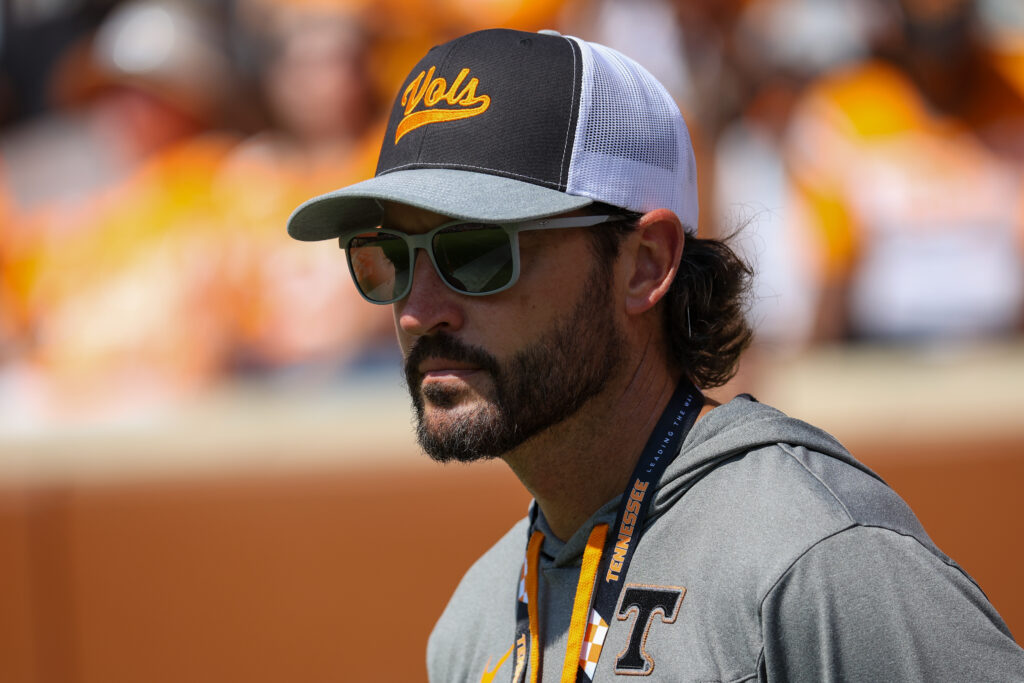






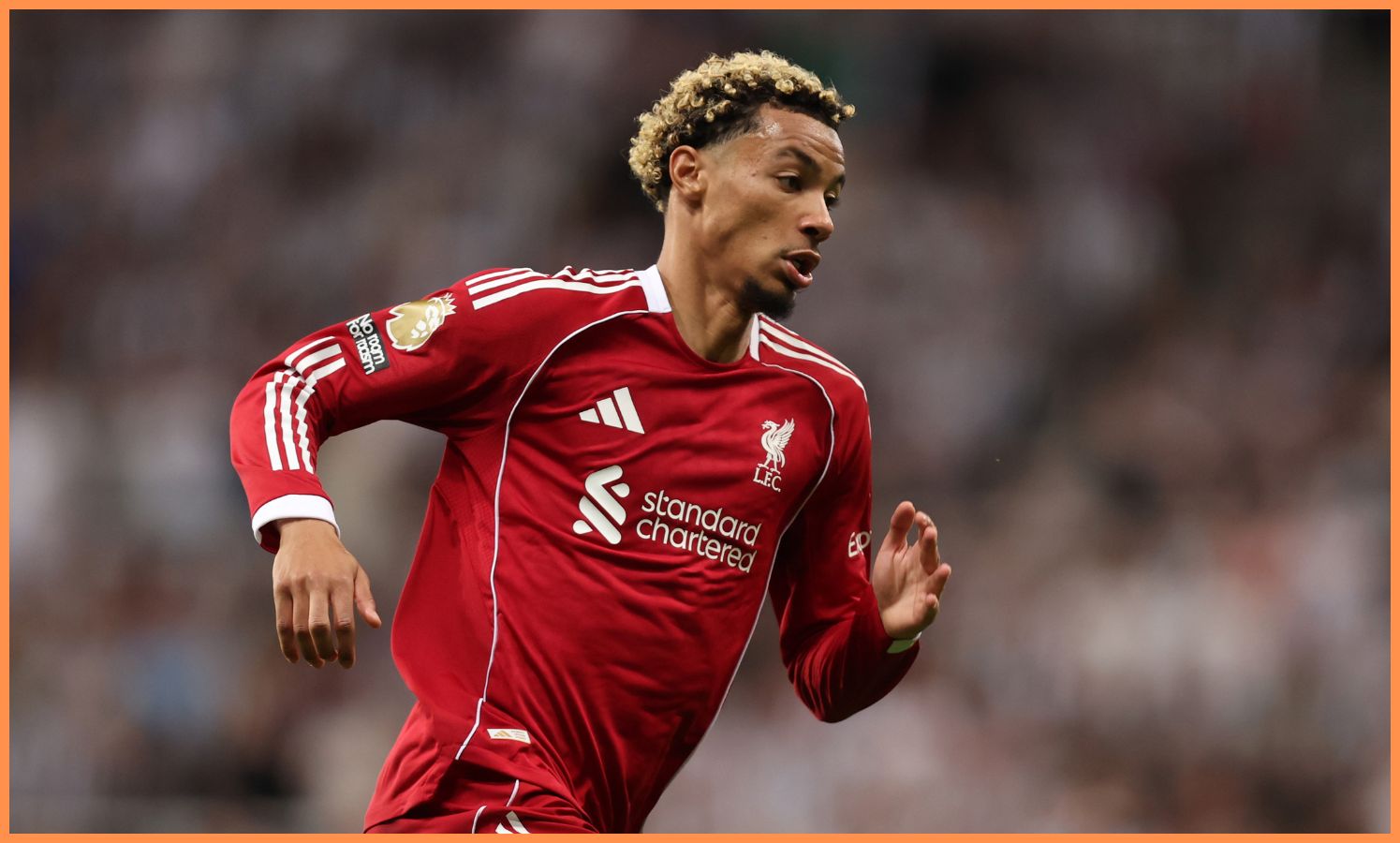
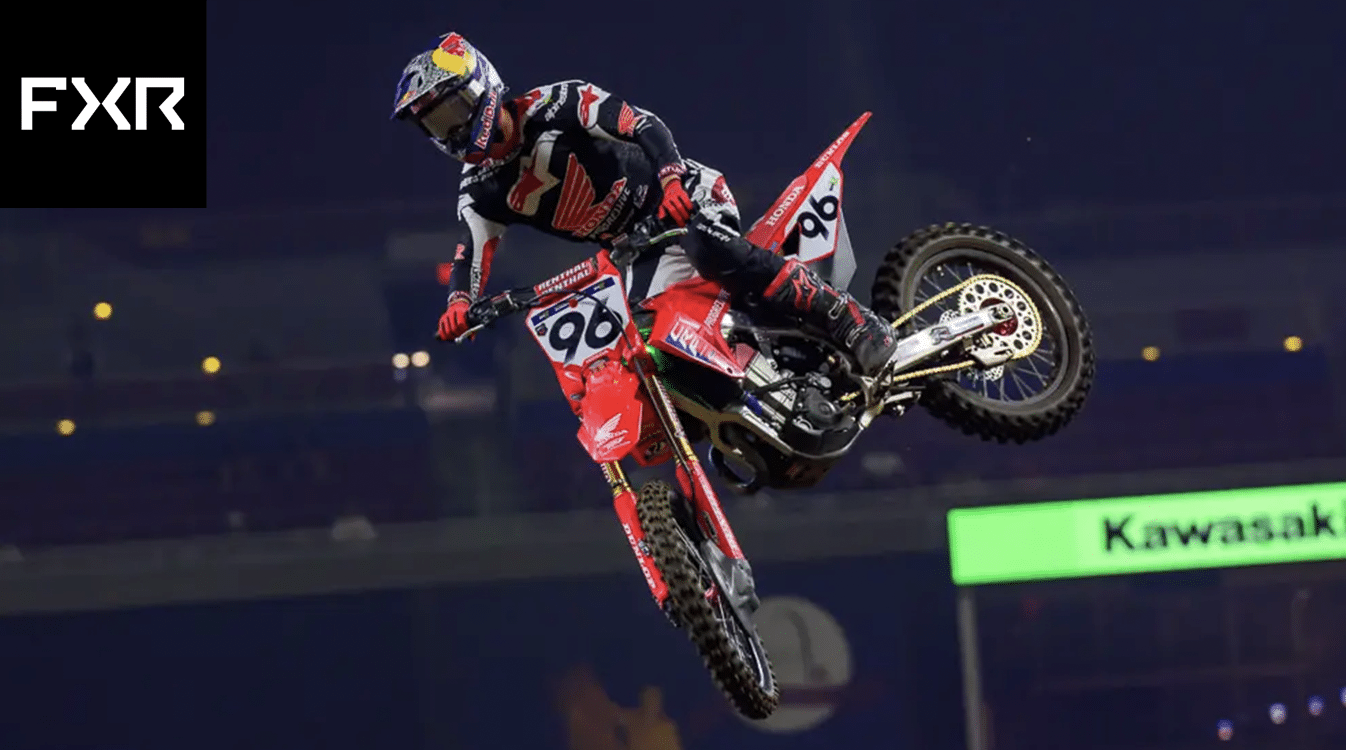


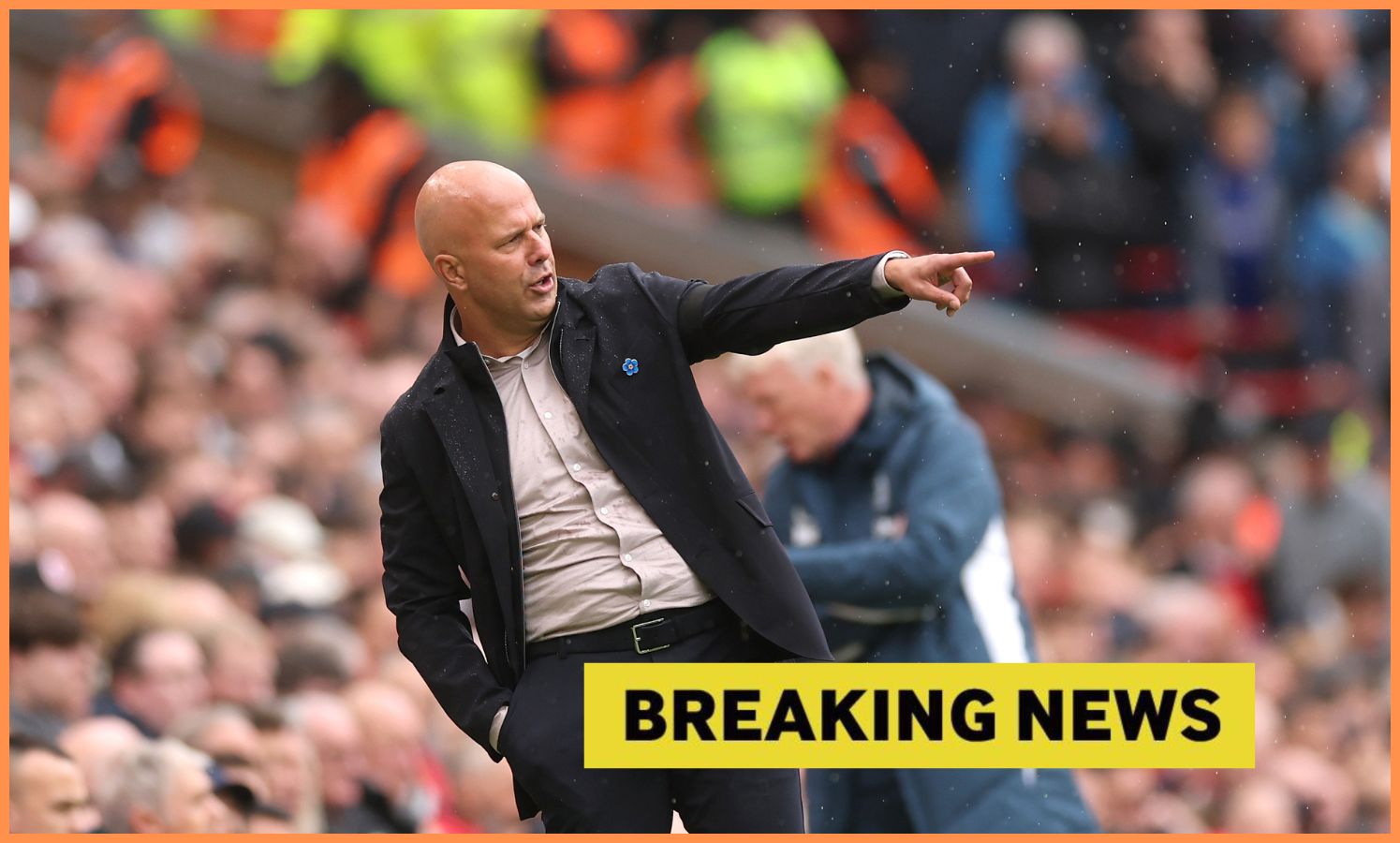
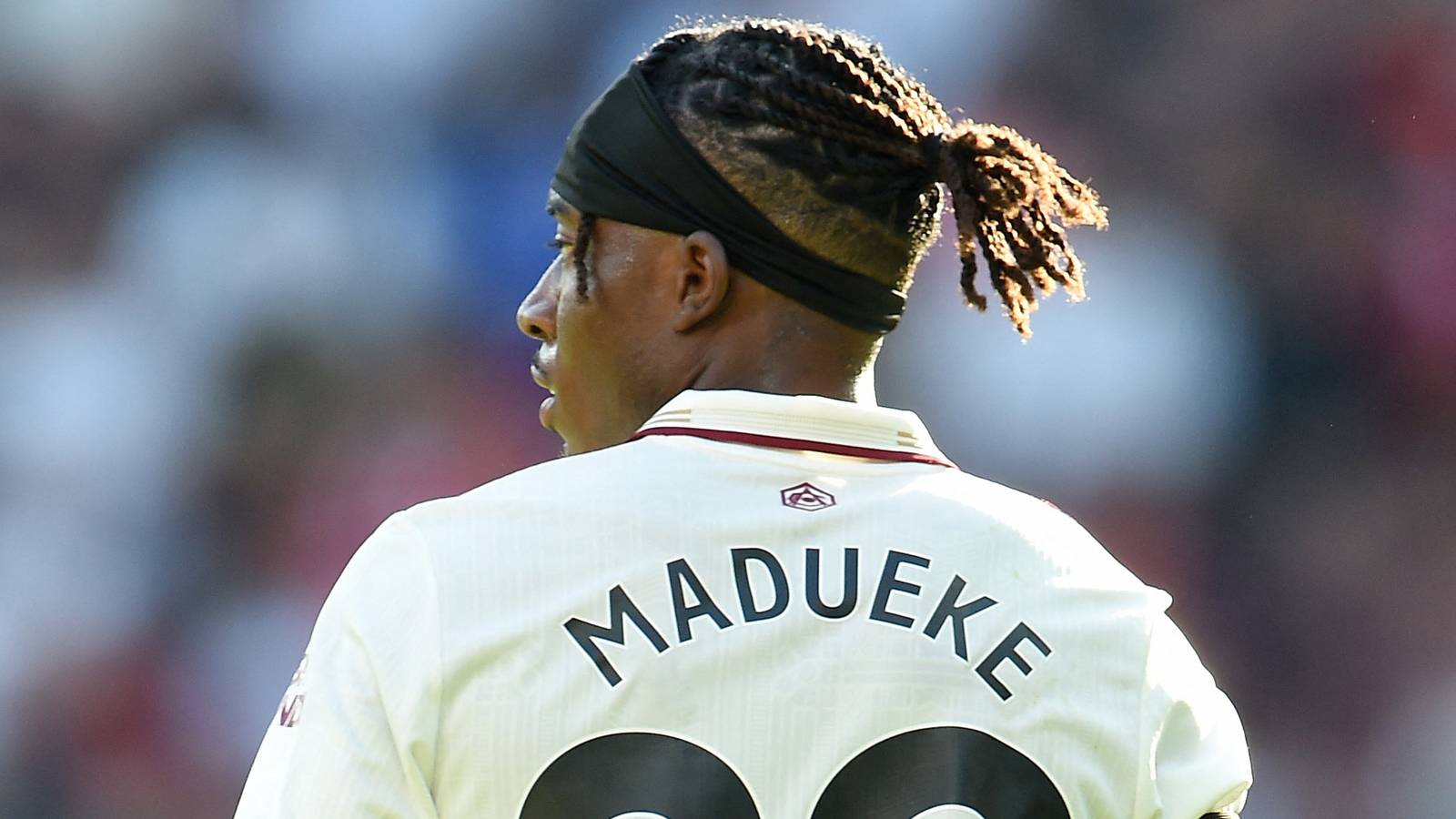
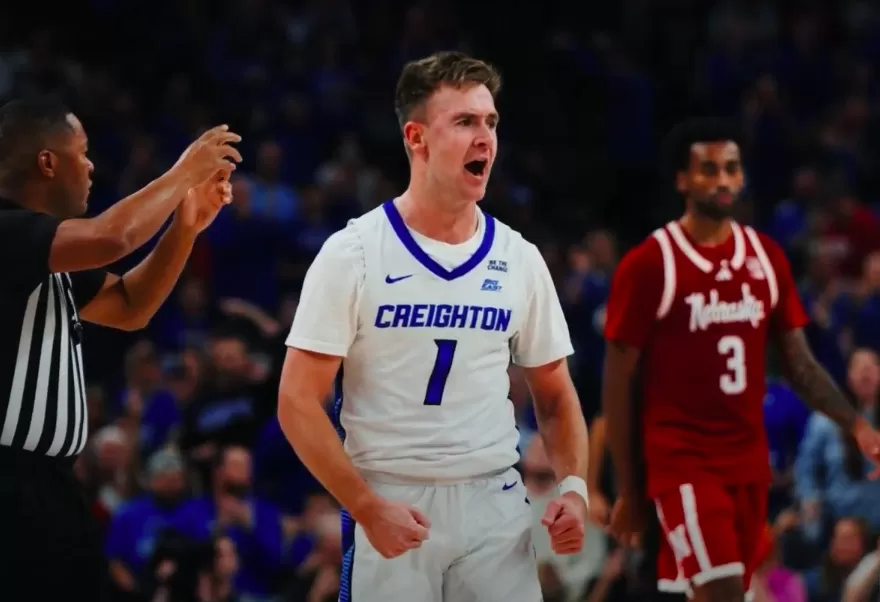
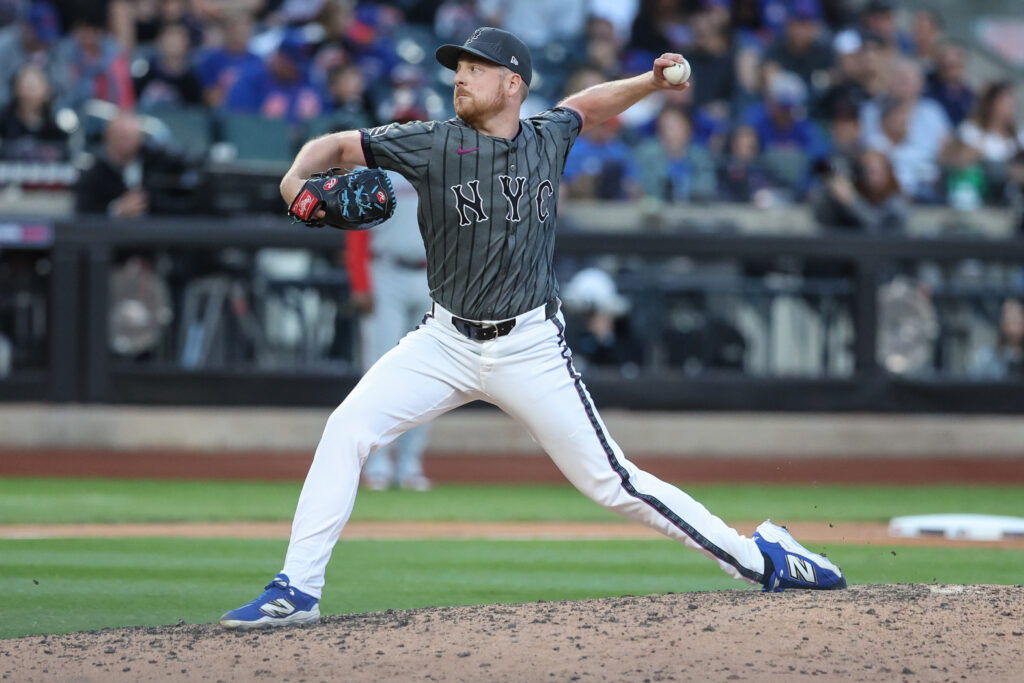

 English (US) ·
English (US) ·  French (CA) ·
French (CA) ·